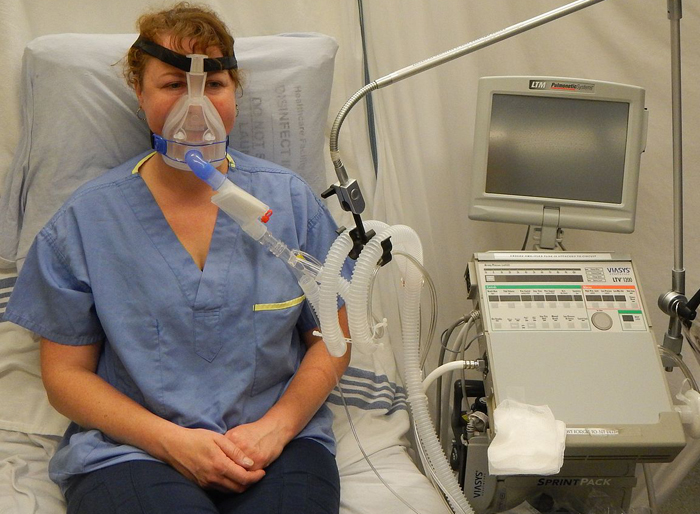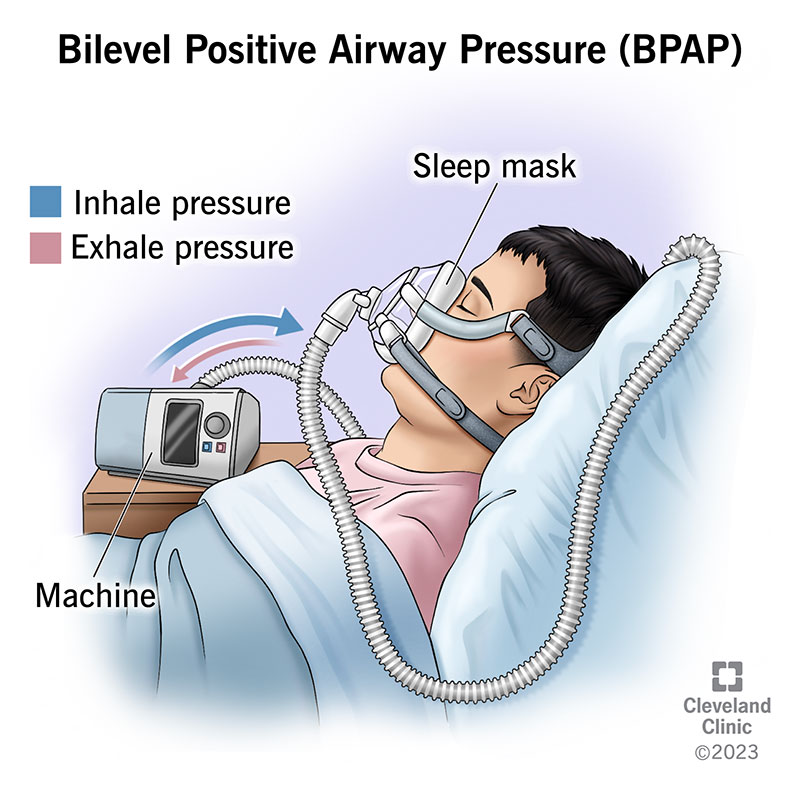BiPAP Rental Solutions for Short-Term Medical Requirements
BiPAP Rental Solutions for Short-Term Medical Requirements
Blog Article
Bipap vs. CPAP: Which Is the very best for Your Rest Condition?
When navigating the complexities of sleep conditions, the choice in between BiPAP and CPAP therapy is a crucial consideration. While CPAP provides a consistent air movement appropriate for obstructive rest apnea, BiPAP's dual stress setups may improve convenience for those with even more complex respiratory issues.
Understanding Rest Disorders
Rest problems encompass a series of problems that interrupt typical rest patterns, influencing both the top quality and duration of remainder. These conditions can materialize in different types, consisting of sleep problems, sleep apnea, narcolepsy, agitated leg syndrome, and parasomnias. Each problem provides special obstacles, usually leading to considerable daytime fatigue, cognitive disability, and psychological disruptions.
Insomnia is defined by trouble dropping or staying asleep, while sleep apnea includes repeated disturbances in breathing throughout rest, typically resulting in fragmented rest. Narcolepsy, on the other hand, is noted by too much daytime drowsiness and sudden sleep assaults. Uneasy leg disorder creates unpleasant sensations in the legs, triggering an uncontrollable urge to relocate them, which can additionally hinder the ability to fall asleep.
The effect of rest problems expands past specific health and wellness, affecting overall productivity, partnerships, and top quality of life. Comprehending the certain nature of each problem is essential for effective diagnosis and treatment. As sleep health becomes increasingly recognized as a vital component of total health, addressing these conditions is crucial for improving both rest high quality and daily functioning.
How CPAP Works
Continual Favorable Respiratory Tract Stress (CPAP) therapy is frequently used as a key therapy for obstructive sleep apnea (OSA) The mechanism of CPAP entails using a maker that provides a steady stream of air via a mask put on throughout sleep. This airflow keeps positive pressure in the respiratory tract, stopping the collapse or obstruction of the throat that can occur throughout sleep.
When a patient inhales, the CPAP maker supplies a continuous circulation of air, guaranteeing that the airway continues to be open - BiPAP Rental. This not only reduces the signs and symptoms of OSA, such as snoring and interrupted sleep patterns, yet also lowers the affiliated health threats, including cardio issues and daytime tiredness
The stress setups on a CPAP machine can be customized to satisfy private client demands, frequently figured out via a sleep study. In general, CPAP treatment has actually been revealed to dramatically improve the quality of sleep and overall health and wellness for individuals experiencing from obstructive rest apnea.
Just How BiPAP Functions
BiPAP, or Bilevel Favorable Respiratory Tract Stress, is a specialized form of non-invasive ventilation that is particularly useful for individuals with problems such as complicated rest apnea or breathing conditions. Unlike CPAP, which provides a constant stream of air at a single pressure, BiPAP offers two distinct pressure settings: a greater inspiratory stress for breathing and a lower expiratory pressure for exhalation. This dual-pressure approach allows for easier breathing, reducing the initiative called for throughout exhalation.
The gadget operates via a mask fitted over the nose or mouth, attached to an equipment that creates air stress. When the client inhales, the try this website machine delivers the higher stress to assist with air flow, making sure that the air passage continues her response to be open. Upon exhalation, the device immediately reduces the stress, making it much more comfy for the individual to take a breath out.

Trick Distinctions In Between BiPAP and CPAP

On the other hand, BiPAP (Bilevel Favorable Respiratory tract Pressure) uses 2 different pressure setups: one for breathing and a lower one for exhalation. This double stress system enables more comfy breathing, specifically for patients who deal with breathing out versus a continuous pressure. BiPAP is typically advised for patients with complex sleep apnea, persistent obstructive lung condition (COPD), or those that require extra assistance throughout rest.
Furthermore, the complexity of BiPAP gadgets commonly causes a greater cost and requires much more cautious titration than CPAP. BiPAP Rental. Comprehending these crucial distinctions can help in acknowledging which tool might be better for details rest problems, establishing the foundation for enlightened therapy choices
Selecting the Right Therapy
The choice between BiPAP and CPAP therapy largely pivots on the particular qualities of the rest problem, the client's overall wellness, and their comfort with the gadget. CPAP, which delivers a constant stream of air, is commonly suggested for obstructive rest apnea (OSA)
Conversely, BiPAP gives 2 levels of stress: one for inhalation and a lower one for exhalation. This twin stress system is useful for clients with intricate sleep apnea or those that experience problem exhaling versus a continuous stress. Additionally, BiPAP is often suggested for individuals with respiratory system problems, such as chronic obstructive lung disease (COPD), where differing pressure setups can enhance convenience and conformity.
Ultimately, a detailed evaluation by a rest expert, consisting of a sleep research study, can help determine which treatment lines up best with the client's demands. Variables such as convenience, ease of use, and specific clinical conditions should additionally be thought about to optimize therapy end results.
Verdict
In recap, both BiPAP and CPAP offer unique objectives in the monitoring of sleep problems. CPAP is reliable for obstructive sleep apnea with consistent air flow, while BiPAP uses twin stress settings that improve comfort for those with complicated sleep apnea or breathing concerns. The option in between these treatments must be assisted by specific requirements and problems, requiring a thorough evaluation by a rest professional to make certain optimum therapy results and enhanced high quality of sleep.

On the whole, CPAP treatment has been revealed to dramatically improve the quality of sleep and total health and wellness for people experiencing from obstructive sleep apnea.
BiPAP is commonly recommended for clients with complex rest apnea, persistent obstructive pulmonary illness (COPD), or those that require added assistance throughout sleep.
CPAP is efficient for obstructive rest apnea through constant air flow, while BiPAP supplies double stress setups that boost comfort for those with complicated rest apnea or respiratory concerns.
Report this page